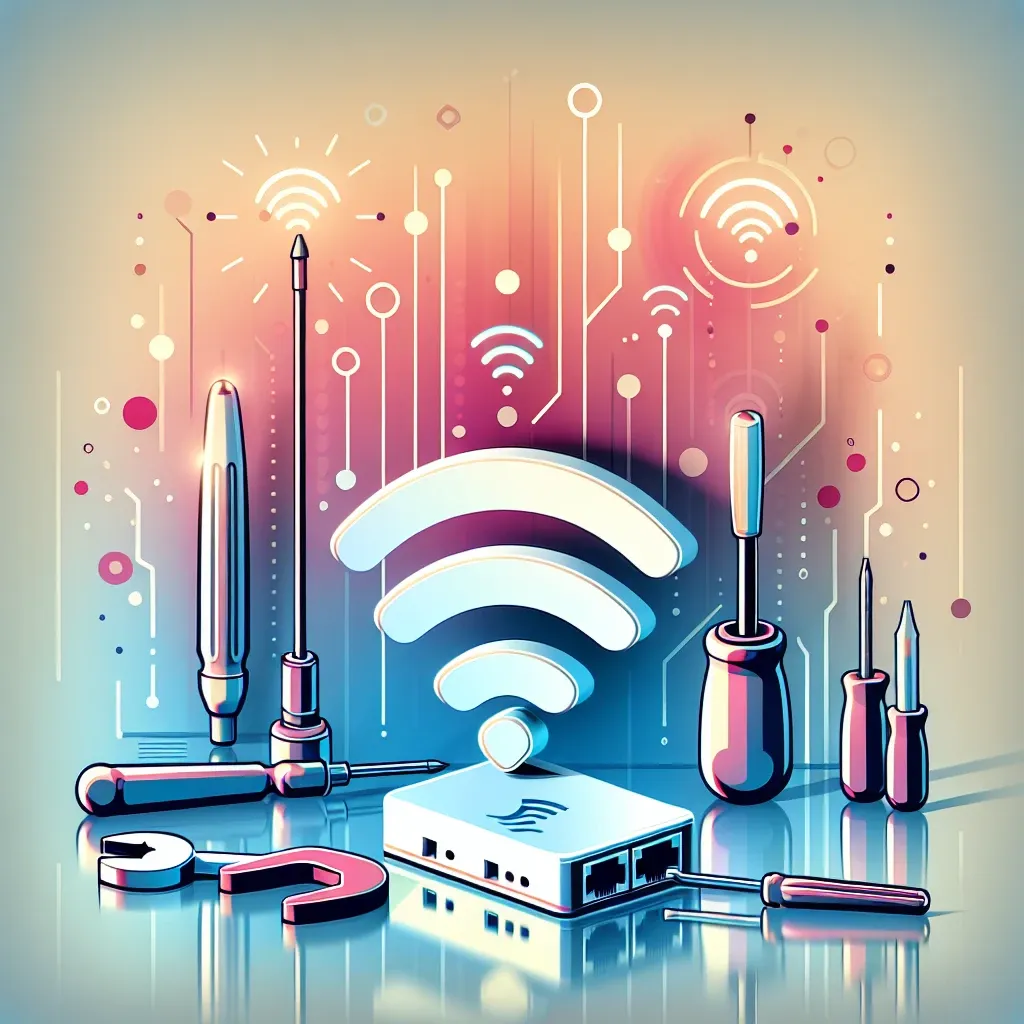Experiencing issues with your network adapter can be incredibly frustrating, particularly when you’re trying to connect to Wi-Fi. Whether you’re working from home, streaming your favorite show, or trying to browse the web, a malfunctioning network adapter can bring your plans to a grinding halt. Thankfully, resolving these issues often doesn’t require professional intervention. In this guide, we’ll explore various troubleshooting steps to help you resolve a network adapter that won’t connect to Wi-Fi.
Common Causes of Network Adapter Issues
Before diving into solutions, it’s essential to understand the common causes of network adapter issues. These can range from hardware problems to software glitches. Here are some prevalent causes:
- Outdated or corrupt drivers
- Incorrect network settings
- Conflicting software
- Hardware failures
- Router or modem issues
Identifying the root cause is crucial for effective troubleshooting. Let’s now look at each of these issues in detail and the corresponding resolutions.
Update or Reinstall Network Driver
Outdated or corrupt drivers are a primary cause of network adapter malfunctions. Follow these steps to update or reinstall your network driver:
Steps to Update the Network Driver
- Press Windows Key + X and select Device Manager.
- In the Device Manager window, expand the Network adapters section.
- Right-click your wireless adapter and select Update driver.
- Choose Search automatically for updated driver software.
- Follow the on-screen instructions to complete the update process.
Steps to Reinstall the Network Driver
- Open Device Manager.
- Expand the Network adapters section.
- Right-click your wireless adapter and select Uninstall device.
- Restart your computer. Windows should reinstall the driver automatically after rebooting.
Check Network Settings
Incorrect network settings can also be a culprit. Here are steps to ensure your settings are configured correctly:
Ensure Wi-Fi is Enabled
- Press Windows Key + I to open Settings.
- Navigate to Network & Internet, then select Wi-Fi.
- Make sure the Wi-Fi toggle is turned on.
Forget and Reconnect to the Network
- Go to Settings > Network & Internet > Wi-Fi.
- Select Manage known networks.
- Click your Wi-Fi network and select Forget.
- Reconnect to the network by entering the password again.
Check for Software Conflicts
Certain software can interfere with your network adapter’s ability to connect to Wi-Fi. This can include firewalls, antivirus software, and VPNs. Here’s what you can do:
Temporarily Disable Antivirus/Firewall
- Right-click the antivirus/firewall icon in your system tray.
- Select Disable or Turn off.
- Try reconnecting to the Wi-Fi network.
If the network connects successfully, review the settings of your security software to allow network connections.
Disable VPN
- Open your VPN software.
- Turn off the VPN or disconnect from the VPN server.
- Attempt to reconnect to Wi-Fi.
Check Router and Modem
Sometimes, the issue might not be with your network adapter but with your router or modem. Here’s how to check:
Restart Router/Modem
- Unplug the power cable from your router and modem.
- Wait for about 60 seconds.
- Plug the power cables back in and wait for the devices to boot up.
- Try reconnecting your device to Wi-Fi.
Check Router Settings
- Login to your router’s admin page through a web browser.
- Check the Wi-Fi settings to ensure the network is visible and not set to hidden.
- Ensure the wireless mode is compatible with your network adapter (e.g., 802.11n, 802.11ac).
- Save changes and try reconnecting.
Perform a Network Reset
If all else fails, a network reset can often resolve persistent issues. This will remove and then reinstall all your network adapters and reset network settings to their defaults.
How to Perform a Network Reset
- Press Windows Key + I to open Settings.
- Navigate to Network & Internet.
- Select Network reset at the bottom of the screen.
- Click Reset now and confirm.
- Restart your computer when prompted.
Advanced Troubleshooting
If basic troubleshooting steps don’t resolve the issue, you might need to dive deeper:
Check Network Adapter in BIOS/UEFI
- Restart your computer and enter the BIOS/UEFI settings. This is usually done by pressing a key like F2, F10, Delete during startup.
- Navigate to the network settings section and ensure the wireless adapter is enabled.
- Save changes and exit BIOS/UEFI.
Replace Network Adapter
If all else fails, the issue might be with the hardware itself. Consider replacing your network adapter with a new one.
Conclusion
Resolving network adapter issues can be straightforward if you follow a systematic troubleshooting approach. By addressing common problems such as outdated drivers, incorrect network settings, software conflicts, and hardware issues, you can often restore your Wi-Fi connection without professional help. However, if the problem persists, don’t hesitate to consult a professional technician for further assistance.

